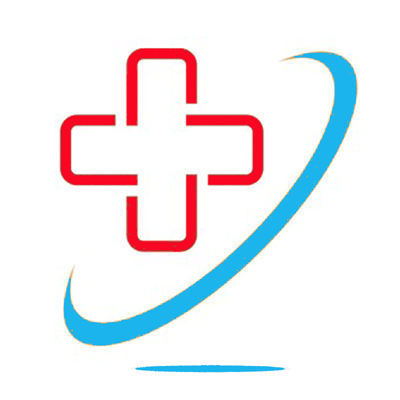Urgent Care Centre – Time lines and waiting
 Sometimes results speak for themselves and the results for the 904 patients studied in our UCC trial shout at us.
Sometimes results speak for themselves and the results for the 904 patients studied in our UCC trial shout at us.
From the patients’ UCC electronic records, we retrieved five key time stamps.
The ‘case initially received’ (when reception had entered the presenting complaint) [1]; the start [2] and end [3] of the streaming consultation; and the start [4] and end [5] of the later consultation.
This allowed us to build a complete picture of how patients spent their time in the standard UCC process. It is not a pretty picture.
- Wait 1 – the wait to be seen by the GP streamer ([1] to [2] interval)
- Stream time ([2] to [3] interval)
- Wait 2 – the wait for the second consultation ([3] to [4] interval)
- Later consultation time ([4] to [5] interval)
- Duration of UCC stay (the [1] to [5] interval)
For a median duration UCC stay of 123 minutes (IQR 85-174.5) the combined waiting time was 80 minutes:12 minutes for Wait 1 (IQR 4-29) and 68.0 minutes (IQR 33-118) for Wait 2.
Our analysis showed that very little took place to advance most patients’ progress during the streaming consultation: there were virtually no investigations, so that the later consultations essentially started from scratch. In contrast, the SortED process ordered investigations and identified likely treatments in a process which took a median 2.1 minutes (IQR 1.2-3.3). Streaming took 4.0 minutes (IQR 3-6) but with the exception of the 4% ‘See & Treat’ patients, did little other than stream the patient.
We also became concerned about note keeping. It transpired that the time-stamps for the later consultation were incorrect in 102 patients because the notes had been typed up off line and pasted in, artificially giving a [4] to [5] interval of zero.
These records were, of course, excluded from analysis of timings, but the practice raises several issues. First, it prevents managers getting an accurate picture of performance and how long these second consultations are really taking. Second, the GP/nurse notes were unstructured free text and very long – often over an A4 page. It was difficult and time consuming for even an experienced ED consultant to find clincally-relevant nuggets of information in these narratives. Retrospecitve notes were also often written up many hours after the patient had been seen, so one has to be concerned about their accuracy.
A more structured approach to information gathering not only saves time, but makes finding what is clinically relevant to the patient easier. We have to ask ourselves, why we are designing systems which turn nurses and doctors into reluctant typists? With an eye to the future, structured information capture also lends itself more readily to the simpler AI techniques and pattern recognition.
We do give SortED nurses the opportunity to type comments at the end of the Sort process, but with the large amount of clinically relevant material captured and lists to flag up concerns, they rarely felt the need to type more than a sentence.
Gillie Francis – Jun 2018


